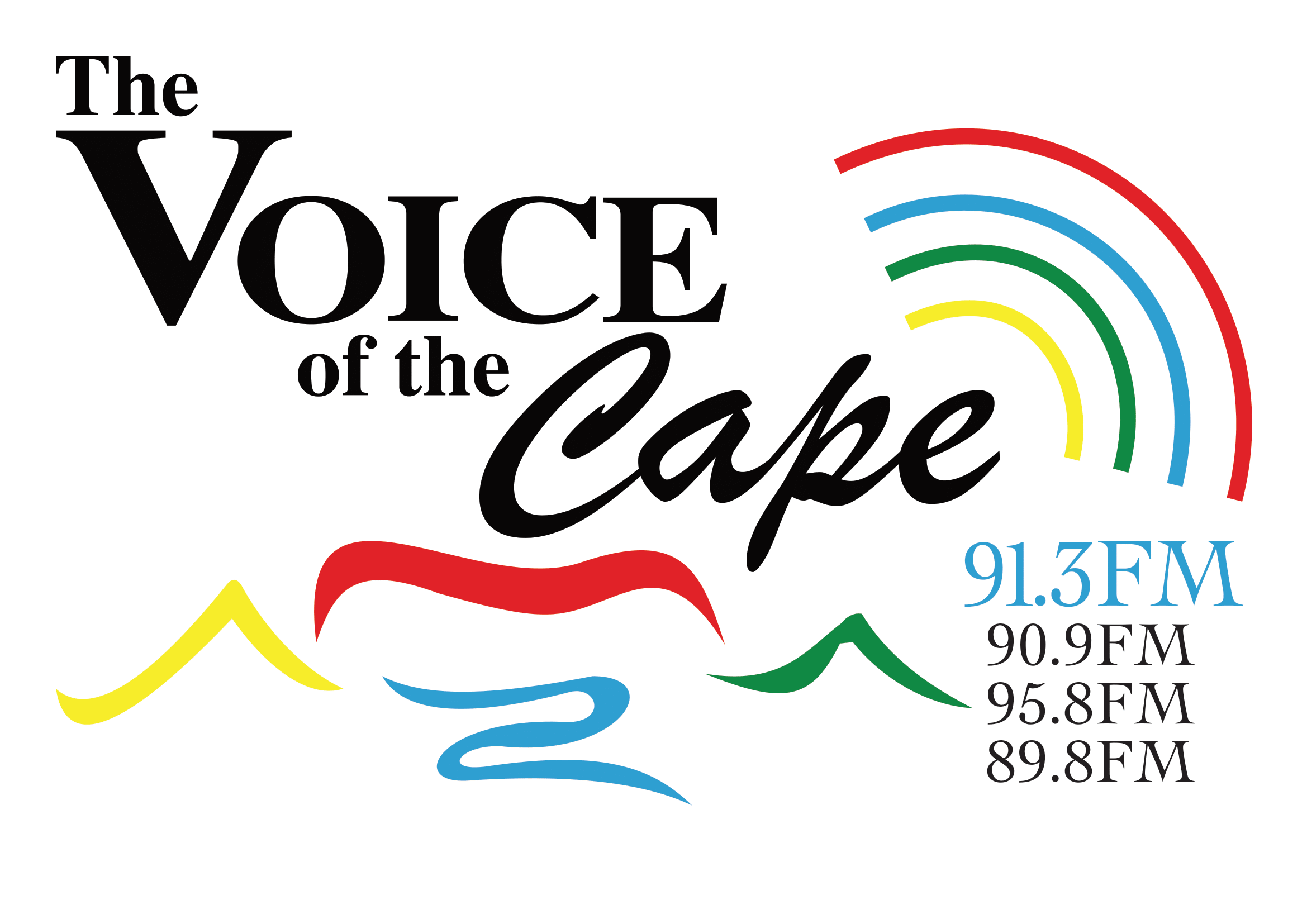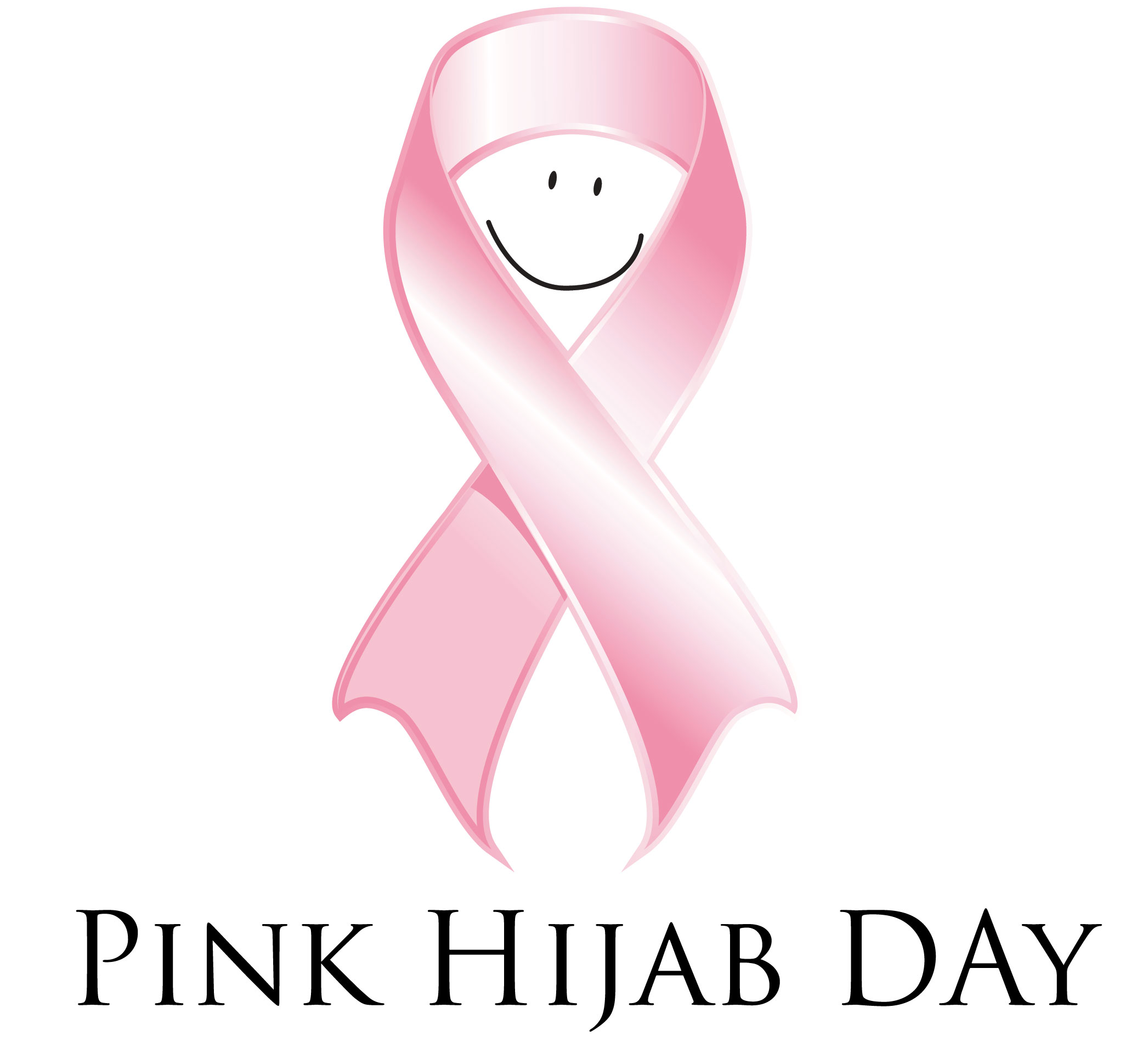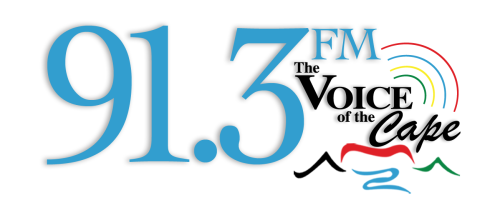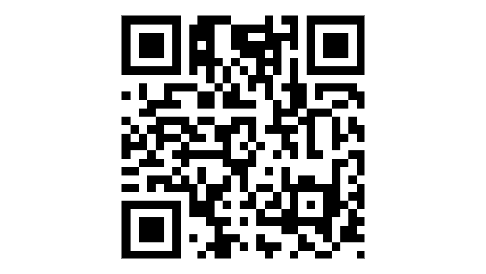In Gaza, breast cancer kills more women in than any other form of cancer. But doctors say that dwindling chemotherapy supplies, Israel-imposed sanctions, and social stigma are preventing access to life-saving care.
What a difference 2,000 miles makes. Whilst British prime minister David Cameron soaked up the sun in Lanzarote during his Easter recess last month, the Scottish National Party’s MP for Central Ayrshire was still working. Dr Philippa Whitford’s holiday was spent in Gaza and the West Bank, performing potentially life-saving breast cancer surgery on four Palestinian women in East Jerusalem. In her own words, it was like coming home.
In the early 90s, Dr Whitford worked as a volunteer medic for Medical Aid for Palestinians (MAP) at the Al Ahli Hospital in Gaza City. It was 25 years since she was able to return. Today, she’s telling me all about the ten-day trip from London’s Houses of Parliament in Westminster to Gaza. Dr Whitford has miraculously managed to squeeze me into her diary, because there’s one topic we’re both keen to discuss: why breast cancer is an urgent issue for women across Palestine in 2016.
According to research conducted by Harvard Medical School in 2011, breast cancer kills more women than any other form of cancer in Gaza, with five year survival rates as low as 30 to 40 per cent. Many women typically present very late for treatment. Dr Nufuz Maslamani, director at the Dunya Women’s Cancer Clinic in Ramallah—the first and only dedicated diagnostic women’s cancer centre in Palestine, staffed by an all-female team—tells me more than 60 percent of cases get detected in the third stage of disease.
For context, Cancer Research UK calculated that 87 per cent of women in England and Wales survived breast cancer for five years or more between 2010 to 2011. In the United States between 2006 and 2012, that number is just under 90 per cent. That’s not a gap. It’s a chasm—and bridging it is no easy task. There are many social, economic and political obstacles impeding progress.
Restrictions on movement seem an obvious place to start. Whitford says that access to treatment is “very patchy” due to a blockade of the Gaza Strip that was imposed by Israel in 2007. The Israeli government maintains that it is necessary to reduce rocket attacks and protect their population. Nearly a decade of isolation, however, has taken its toll on the Palestinian people. “What happens to women with breast cancer in Gaza demonstrates the impact of the blockade on every aspect of life,” she says. Closures, road blocks and restricted movement mean that women struggle to get access to healthcare in time, if at all.
Two women recuperate in a Gaza hospital after undergoing surgery for breast cancer.
To receive radiotherapy in East Jerusalem, for instance, Medical Aid for Palestinians (a UK charity that offers medical services in the West Bank, Gaza Strip, and Lebanon) says that patients without a Jerusalem ID must apply to the Israeli authorities for permits to leave Gaza through the Erez Crossing into Israel. According to a World Health Organization report this year, 25.37 percent of applicants (including 152 children and 60 elderly) out of 2,006 requests to exit Erez checkpoint in February received no response.
There is no radiotherapy in Gaza. There is a linear accelerator—a radiosurgery treatment in which high-energy X-rays are used to destroy tumors—but it’s an old machine and it never actually worked. That’s what happens, Whitford tells me over the mid-morning Westminster din. “There are the carcasses of all sorts of fancy machines,” she says. They often come with missing parts; nobody checks if there are engineers in Israel who can look after the equipment, let alone ones willing to come into Gaza. Whitford says that people like to donate machines so they can put a donation plaque on it, but “no one ever wants to give running costs.” Defunct machines and commemoration plaques can’t save lives.
Dr Maslamani says that there are 13 mammography machines serving 2.8 million people in the West Bank. According to the MAP website, there were only four mammography units for Gaza’s population of 1.4 million people in 2011, compared with 25 per million in the United States. They’re trying to set up screening, says Whitford. “But what they mean by screening is just that women can come for a mammogram every two years. It’s not like our screening where we write to the women and invite them and remind them.”
Dr Philippa Whitford (center) with the surgery team at the Augusta Victoria Hospital in East Jerusalem.
As for chemotherapy, I’m told the issues are getting through the blockade—and the cost. Supplies for chemo are often on the ‘zero stock’ list in Gaza. When I ask Whitford what this means, she explains that patients are usually only guaranteed a four week’s supply. “You get women who have three doses of chemo and then it dries up,” she says. This often happens with radiotherapy, too. “They get started—but then the machine in East Jerusalem is broken.” The ticking clock is crucial. “The way these things work against cancer you’ve got to keep the pressure on,” says Whitford. “Once you’ve stopped the treatment for a period of time—actually, there’s often not a great deal of benefit of going back afterwards.”
Many women don’t go at all. Social stigma is a prevalent issue, and lack of education and awareness only compounds women’s fears when it comes to their breasts. MAP’s Gaza Director, Fikr Shalltoot, tells me women often find it embarrassing approaching a male doctor to check for lumps. Unfortunately, the majority of doctors are male. “I had this experience with a relative of mine who delayed the check for more than a year,” she says. “Unfortunately, when she was diagnosed it was too late and she died.”
Radiotherapy machines (above) and chemotherapy supplies are in short supply in Gaza.
Whitford says there is a “general perception” that breast cancer isn’t an issue. When she first arrived in Gaza in the 1991, the other doctors told her women just didn’t get breast cancer there. When word got out that there was a woman surgeon, however, “women started coming out of the woodwork.”
Mastectomies can be alarming, too. “Certainly that’s part of a woman’s fear: Well, if I lose my breast, I’m incomplete and I might be rejected,” Whitford says. This anxiety is only compounded by the kind of treatment the UK last practiced back in the late 70s. MAP and Whitford tell me nearly all women diagnosed with breast cancer are having mastectomies, regardless of tumour size—and axillary lymph nodes are being removed, too.
“You end up having terrible scarring under your arm and you get what’s called lymphedema,” she explains. This side effect occurs when too much lymph [a thin, clear liquid that circulates throughout the body] collects, creating a swollen and heavy arm. Better surgical techniques—such as lumpectomies and node biopsies—could prevent many women from going through this painful and debilitating experience. Due to the blockade, however, “a lot of doctors are still working with what they learned back at university, so you’ve got that isolation.”
The internet is helping to break down the knowledge gap, Whitford tells me. It still feels like there’s a lot more work to be done to bridge the chasm. Does she see survival rates improving at all in the next few years, I ask? “We’re not going to get a change in survival unless women can get access to treatments,” she replies.
If ever there was a bottom line, it’s that.






 WhatsApp us
WhatsApp us 

